 | How ? By using LPs(Liquidity Provider Tokens) of course, Now before you start screaming impermanent loss (IL), most people don’t really understand it, so for this post I’ve created a google sheet that allows you to visualize LP profit vs the underlying token price change because the current LP calculators available online focus too much on IL risk without properly presenting the benefits of LPs. Let’s go ahead and start with a real life example on BSC’s Pancakeswap (PCS) and for this we pick the CHR-BUSD pair. CHR (Chromia) is a relational blockchain used for L2 and many upcoming blockchain games, such as My Neighbor Alice and CHR has also announced an 80 MM USD grant program to further develop their ecosystem. The CHR-BUSD LP pair on PCS has the following parameters • 10% LP trading fees in the CHR-BUSD pair • 40% LP farming rewards in the CHR-BUSD pair Assuming we invest 1000 CHR which is worth $560 at the time of this post and 560 BUSD into the LP for 1 year, we input that into our sheet parameter as follows As CHR has a 25% staking reward if you stake the token, we use this value to set Token A staking APR and because the other pair is a stable coin (BUSD), for token B we use a starting price of $1 with 0% starting change and step. From coinmarketcap we know that the average yield of depositing stable coins is ~3%, hence we set that as our token B staking APR. Using the above params, we simulate what would happen if we invested $0.56 x 1000 x 2 = ~$1120 worth of capital into the LP compared with staking the individual tokens over a set period, the sheet will then generate the following table values Along with the following chart The x axis being the token A price change % and the y axis being the LP and staking token profit % We see from the above chart how LPs outperform holding single tokens even after taking into account the token staking rewards. At this point, you might be wondering, I don’t get it, where’s the impermanent loss people always talk about ? To see the “impermanent loss” effect we need to zoom out further, we set the Token A step % in the chart to 20%. Impermanent loss is not an actual loss, it just means you’d make less profit then if you hold and stake the individual tokens. For the CHR-BUSD pair, that would only occur if CHR goes up > 150% in a year however the LP provides tremendous downside protection, as from the chart you’ll see that CHR price needs to go down more then 80% for you to suffer a loss. Similarly for BNB-BUSD we have From the data observed, we can conclude that if you stake LPs for a long enough period of time, it will beat holding single coins for >90% of market conditions while limiting your losses to almost 0. To help you decide on picking LPs, the google sheet calculator used here is built with flexibility in mind so that you can simulate different pairs over different period, varying quote token volatility and custom pool weighting as well. By using it, it should only take you <5 mins to determine whether an LP pair would be profitable compared to staking single coins based on your price projections. With all those wonderful attributes of LPs, especially Pancakeswap ones, you might be wondering, where can you stake those tasty LPs like CHR-BUSD, BNB-BUSD and CAKE-BNB into an auto-compounding vault ? Why at happyhippo.farmof course, where the hippos are happy and everything is awesome, like the Lego movie theme song. TL;DR: It’s very hard to NOT make money as a LP if you know what you’re doing Google Sheet Link [link] [comments] |

You can get bonuses upto $100 FREE BONUS when you:
💰 Install these recommended apps:
💲 SocialGood - 100% Crypto Back on Everyday Shopping
💲 xPortal - The DeFi For The Next Billion
💲 CryptoTab Browser - Lightweight, fast, and ready to mine!
💰 Register on these recommended exchanges:
🟡 Binance🟡 Bitfinex🟡 Bitmart🟡 Bittrex🟡 Bitget
🟡 CoinEx🟡 Crypto.com🟡 Gate.io🟡 Huobi🟡 Kucoin.

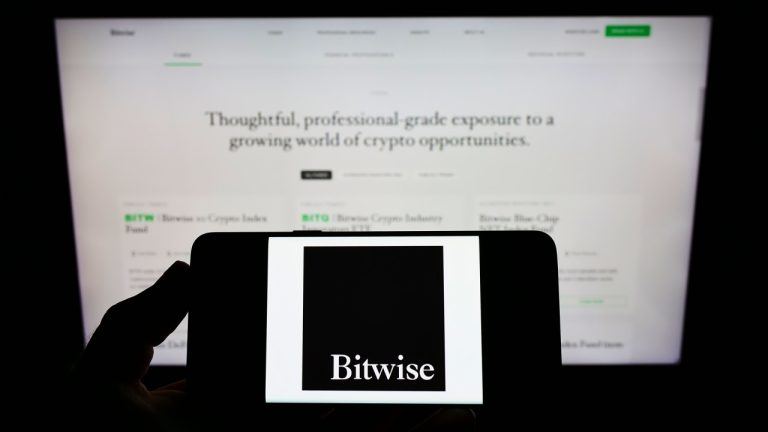


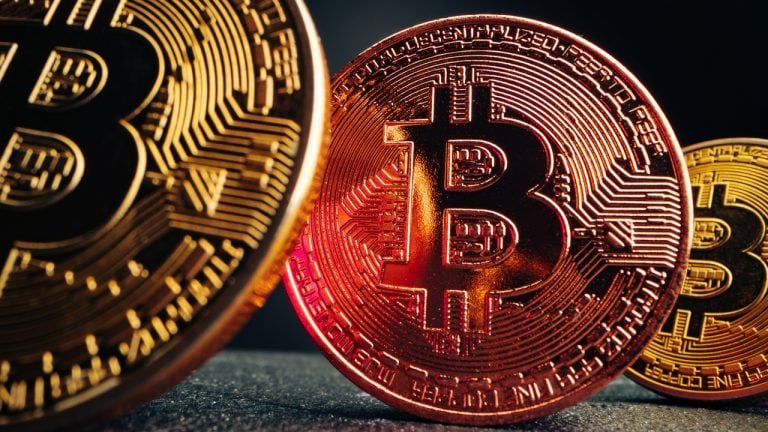

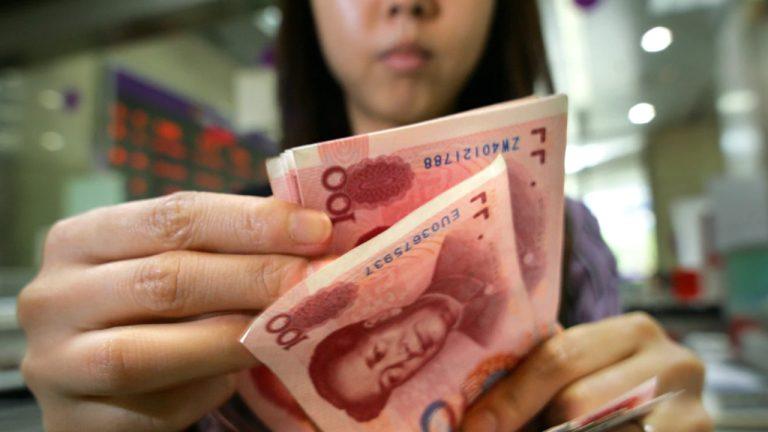
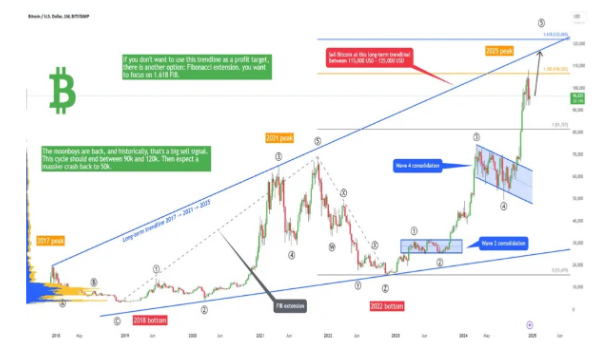

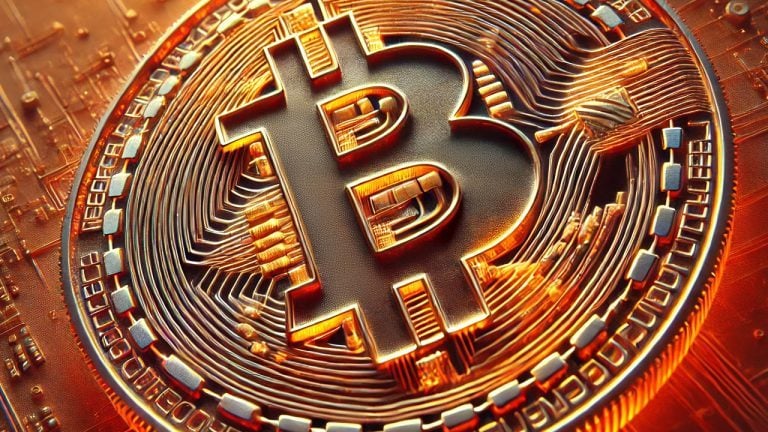


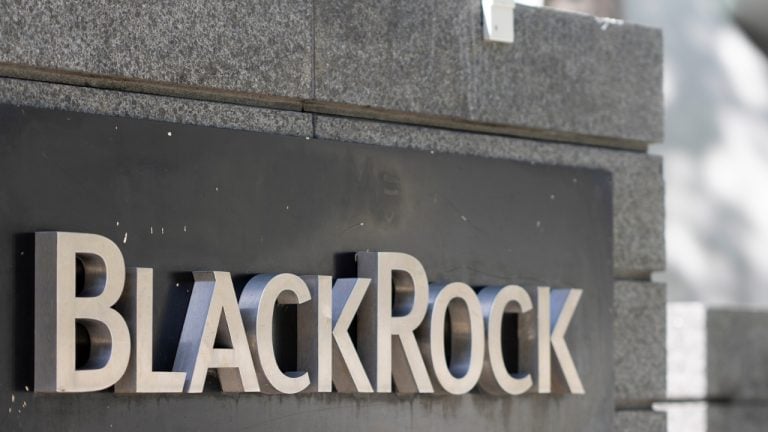
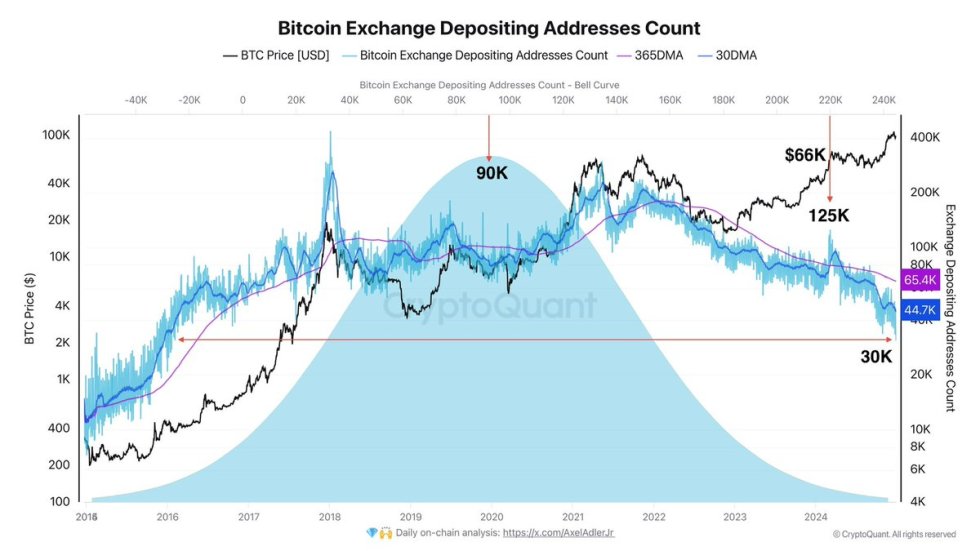



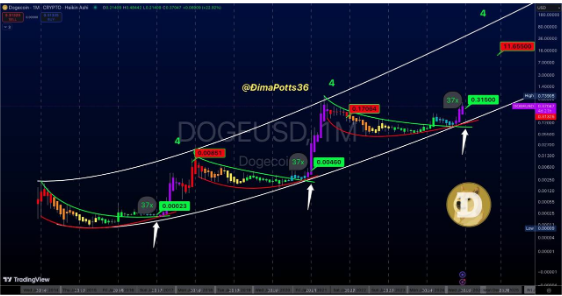


Comments